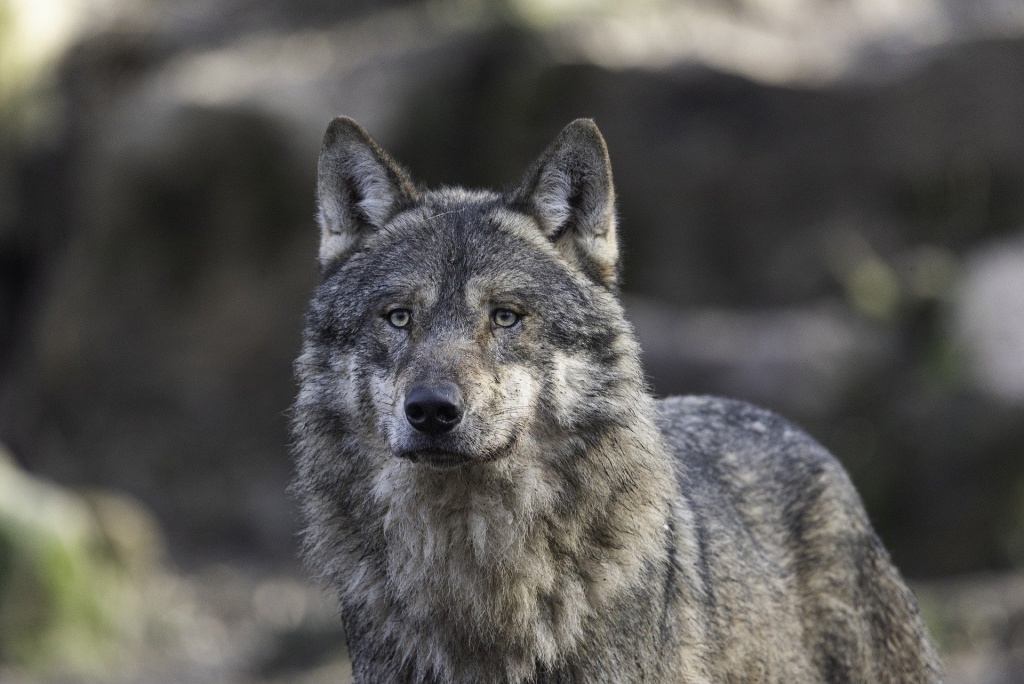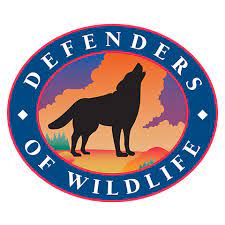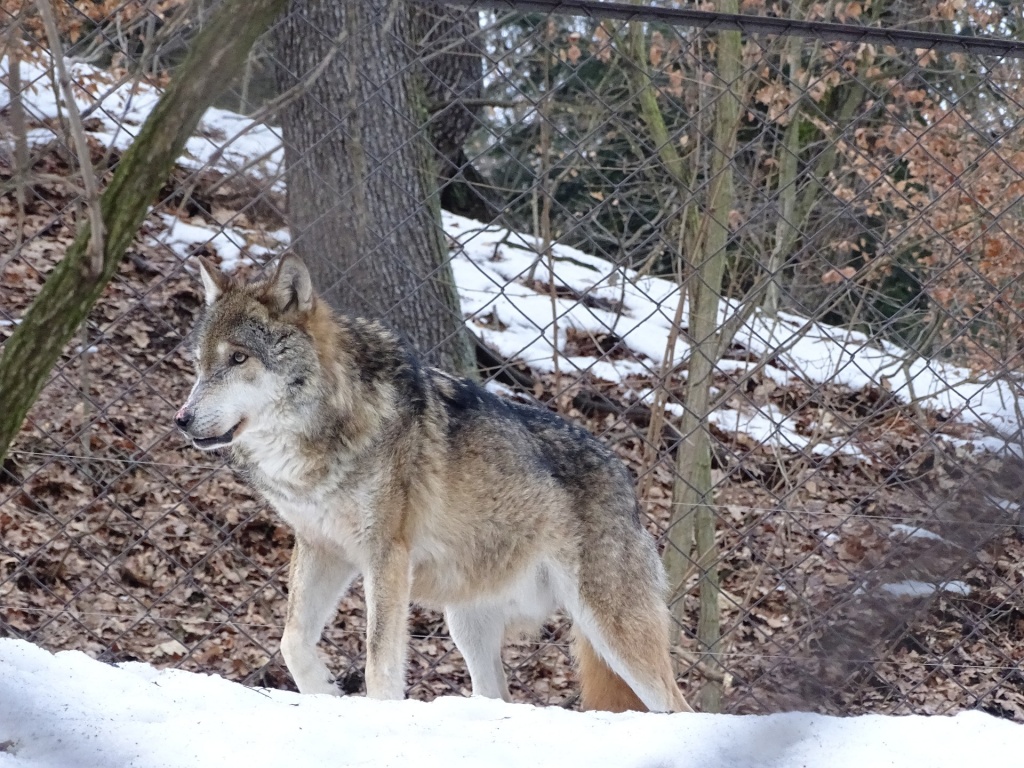Gray Wolf

Basic Facts about the Gray Wolf
Gray wolves range in color from grizzled gray or black to all-white. As the ancestor of the domestic dog, the gray wolf resembles German shepherds or malamutes. Though they once nearly disappeared from the lower 48 states, today wolves have returned to the Great Lakes, northern Rockies and Southwestern United States.
Wolves play a key role in keeping ecosystems healthy. They help keep deer and elk populations in check, which can benefit many other plant and animal species. The carcasses of their prey also help to redistribute nutrients and provide food for other wildlife species, like grizzly bears and scavengers. Scientists are just beginning to fully understand the positive ripple effects that wolves have on ecosystems.
Diet
Wolves eat ungulates, or large hoofed mammals, like elk, deer, moose and caribou, as well as beaver, rabbits and other small prey. Wolves are also scavengers and often eat animals that have died due to other causes.
Population
There are an estimated 7,000 to 11,200 gray wolves in Alaska, 3,700 in the Great Lakes region and 1,675 in the Northern Rockies.
Did You Know?
Wolves have unique howls, like fingerprints, that scientists (and other pack members) can use to tell them apart.
Habitat & Range
Gray wolves were once common throughout all of North America, but were exterminated in most areas of the United States by the mid 1930s. Today, their range has been reduced to Canada, Alaska, the Great Lakes, northern Rockies and Pacific Northwest. Thanks to the reintroduction of wolves in 1995, Yellowstone National Park is one of the most favored places to see and hear wolves in their native habitat.
Wolves require large areas of contiguous habitat that can include forests and mountainous terrain, and Mexican gray wolves can thrive in desert and brush in the southwest. Suitable habitat must have sufficient access to prey, protection from excessive persecution, and areas for denning and taking shelter.
Did You Know?
The alpha female and alpha male wolves of a pack usually mate for life.
Behavior
Wolves live, travel and hunt in packs of 7 to 8 animals on average. Packs include the mother and father wolves (called the alphas), their pups and older offspring. The alpha female and male are typically the pack leaders that track and hunt prey, choose den sites and establish the pack’s territory. Wolves develop strong social bonds within their packs.
Wolves have a complex communication system ranging from barks and whines to growls and howls. While they don’t actually howl at the moon, they are more active at dawn and dusk, and they do howl more when it’s lighter at night, which occurs more often when the moon is full.
Reproduction
Breeding season occurs once a year late January through March. Pups are born blind and defenseless. The pack cares for the pups until they fully mature at about 10 months of age when they can hunt on their own. Once grown, young wolves may disperse. Dispersing wolves have been known to travel 50 to 500 miles.
Mating Season: January or February.
Gestation: 63 days
Litter size: 4-7 pups
Protection Status
Endangered Species Act:ENDANGERED »

Fast Facts
Height: 26-32 inches at the shoulder
Length: 4.5-6.5 feet from nose to tail-tip
Weight: 55-130 lbs; Males are typically heavier and taller than the females.
Lifespan: 7-8 years in the wild. 12 years or more in remote or protected areas.
Sound Clip
Information provided by:

Defenders of Wildlife www.defenders.org
